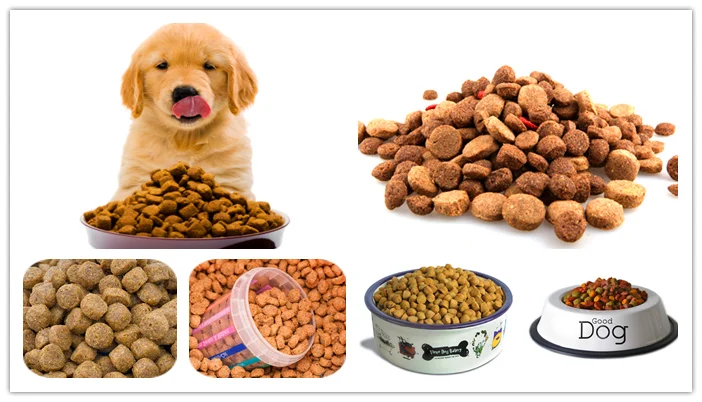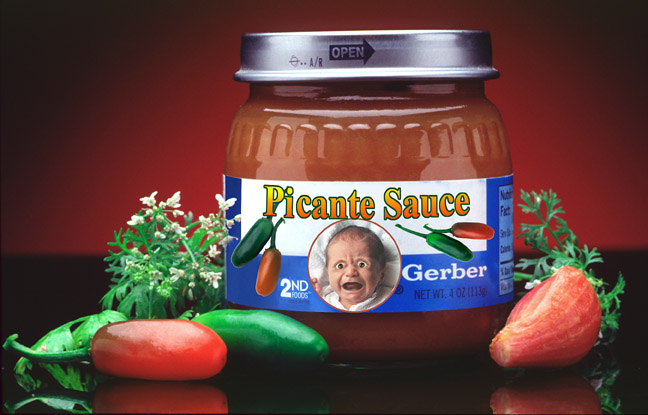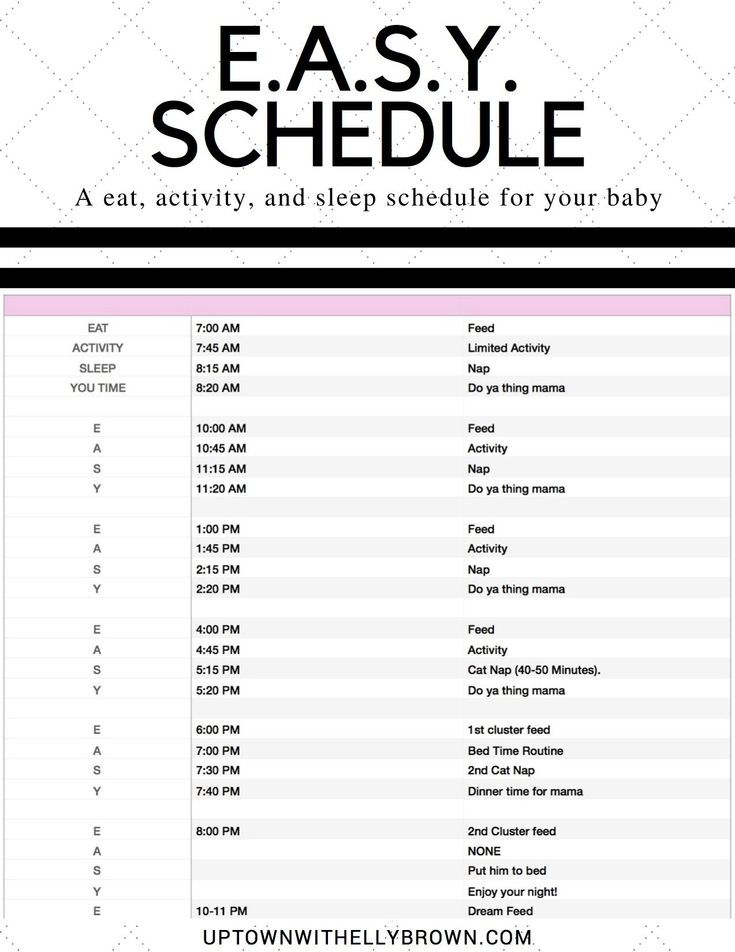Feeding babies dairy
Cow’s Milk and Milk Alternatives | Nutrition
alert icon
Information about finding infant formula can be found
here.external iconAdditional information to help families during the infant formula shortage can be found
here.
Your growing child needs vitamins and minerals like vitamin D and calcium to build strong bones. Pasteurized, whole cow’s milk and soy beverages that have been fortifiedalert icon with vitamin D are good sources of vitamin D and calcium. Most cow’s milk sold in the United States is fortified with vitamin D.
Choose milk or milk alternatives that are unflavored and unsweetened. Flavored cow’s milk and fortified soy beverages can have added sugars. Your child does not need added sugars.
When Should I Introduce My Child to Cow’s Milk?
At 12 months old (but not before), your child can be introduced to cow’s milk. Before your child is 12 months old, cow’s milk may put him or her at risk for intestinal bleeding. It also has too many proteins and minerals for your baby’s kidneys to handle and does not have the right amount of nutrients your baby needs.
How Much, and How Often?
Cow’s milk or fortified soy beverages can be a part of a child’s balanced and diverse diet but not the only thing. The Dietary Guidelines for Americans recommend children aged 12 through 23 months get 1⅔ to 2 cup equivalents of dairy a day, including cow’s milk, yogurt, cheese, fortified soy beverages, and soy-based yogurt. If your child drinks too much cow’s milk, he or she may not be hungry for other foods with important nutrients. Some experts say that consuming too much cow’s milk can make it harder for your child’s body to absorb the iron he or she needs from foods.
Continue to follow your child’s cues to decide when he or she is hungry or full. Talk with your child’s doctor or nurse for more questions about adding cow’s milk or fortified soy beverages in his or her diet.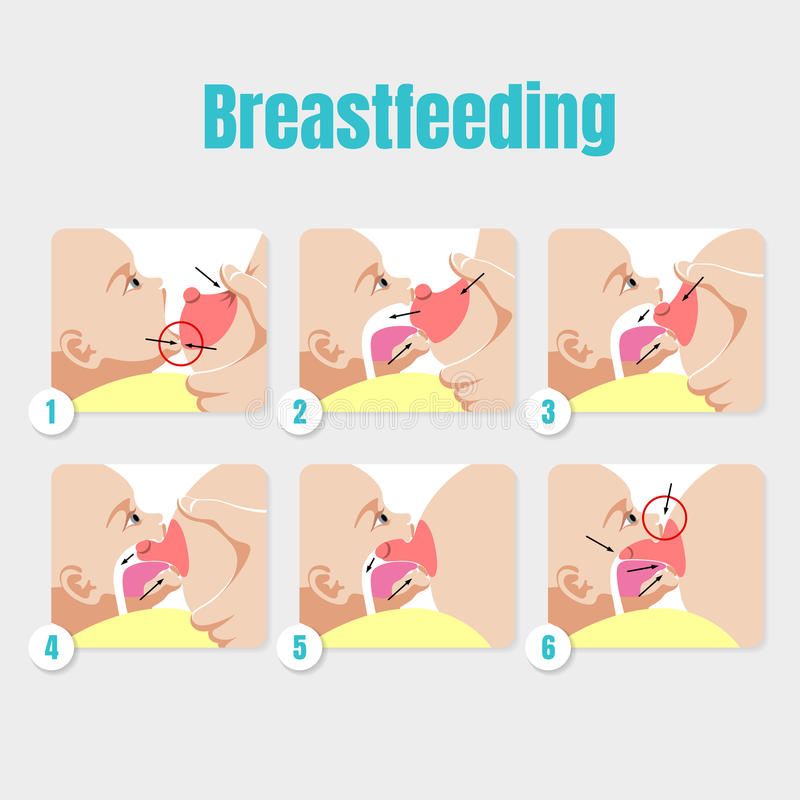
Whole Cow’s Milk or Lower Fat Cow’s Milk?
Children can drink unflavored, unsweetened whole cow’s milk. Whole cow’s milk is the same as lower fat cow’s milk except that it is higher in fat. It is important for young children to get fat in their diet for healthy growth and development. If your child has excessive weight gain or a family history of obesity, high cholesterol or triglycerides, or cardiovascular disease, talk to your child’s doctor or nurse about the type of cow’s milk to give.
Raw Milk
Raw milk and raw milk products from cows, goats, and sheep can carry harmful bacteria and other germs that can make your child very sick and can be life-threatening. Raw milk can also be called unpasteurized milk. Do not give your child raw or unpasteurized milk.
Milk Alternatives
Milk alternatives can include beverages made from plants, such as soy, oat, rice, coconut, cashew, and almond.
If you choose a milk alternative, here are things to remember:
- Milk alternatives should not be given before 12 months.

- Fortified soy beverages are the only milk alternative that help meet a child’s recommended dairy needs.
- Choose one that is unflavored and unsweetened. Your child does not need added sugars.
- Choose one that is fortified with vitamin D and calcium. Check labels, since nutrient content can vary between brands.
- Talk with your child’s doctor or nurse about the milk alternative you are using, because the vitamins and minerals in these types of milks are different than in cow’s milk.
Visit Vitamins & Minerals to learn more about the vitamins and minerals your child needs.
Top of Page
Why Do Infants Need Baby Formula Instead of Cow's Milk?
Log in | Register
Ages & Stages
Ages & Stages
Many parents ask why they can't feed their baby regular cow's milk instead of breastmilk or formula. There are two main reasons: Infants cannot digest cow's milk as completely or easily as they digest breastmilk or baby formula. And, more importantly, cow's milk does not contain enough of certain nutrients that babies under a year old need.
There are two main reasons: Infants cannot digest cow's milk as completely or easily as they digest breastmilk or baby formula. And, more importantly, cow's milk does not contain enough of certain nutrients that babies under a year old need.
During the current baby formula shortage, it may be OK for some babies over 6 months of age to have cow’s milk for a short period of time if no formula is available. If you aren’t able to find baby formula in stock anywhere, talk with your pediatrician and read more here.
Beyond digestion
Cow's milk contains high concentrations of protein and minerals, which can stress a newborn's immature kidneys and cause severe illness at times of heat stress, fever, or diarrhea. In addition, cow's milk lacks the proper amounts of iron, vitamin C, and other nutrients that infants need. It may even cause iron-deficiency anemia in some babies, since cow's milk protein can irritate the lining of the stomach and intestine, leading to loss of blood in the stools. Cow's milk also does not contain the healthiest types of fat for growing babies. For these reasons, your baby should not receive any cow's milk (or other non-human milk or milk substitute) until they are about 12 months of age unless no alternative is available.
Cow's milk also does not contain the healthiest types of fat for growing babies. For these reasons, your baby should not receive any cow's milk (or other non-human milk or milk substitute) until they are about 12 months of age unless no alternative is available.
Once your baby turns a year old
Once your baby is past one year old, you may give them pasteurized whole cow's milk or reduced-fat (2%) milk, provided they have a balanced diet of solid foods (cereals, vegetables, fruits and meats). But limit their intake of milk to 2 cups (about 16 ounces) per day or less. More than 24 ounces a day has been associated with iron deficiency if toddlers aren't getting enough other healthy iron-rich foods. If your baby is not yet eating a broad range of solid foods, talk to your pediatrician about the best nutrition for them.
At this age, children still need a higher fat content, which is why whole vitamin D-fortified milk is recommended for most infants after one year of age. If your child is or is at risk for overweight, or if there is a family history of obesity, high blood pressure or heart disease, your pediatrician may recommend 2% (reduced-fat) milk.
If your child is or is at risk for overweight, or if there is a family history of obesity, high blood pressure or heart disease, your pediatrician may recommend 2% (reduced-fat) milk.
Age 2 and up
Do not give your baby 1% (low-fat) or nonfat (skimmed) milk before their second birthday, as it does not contain enough fat for brain development. After two years of age, you should discuss your child's nutritional needs with your pediatrician. However, many children at this age can transition to lower-fat milk if that is what your family uses.
The information contained on this Web site should not be used as a substitute for the medical care and advice of your pediatrician. There may be variations in treatment that your pediatrician may recommend based on individual facts and circumstances.
Recommended foods for formula-fed children
Submitted by a.musaev on Tue, 02/08/2022 - 12:25
Formula-fed babies should start receiving other foods a little earlier, from the 5th month of life (not earlier than the 17th and not later than the 24th week). Formula does not fully satisfy the baby's nutritional needs and he/she begins to show interest in other foods. From the 5th month, the functions of the digestive and excretory organs become sufficiently mature, as well as motor functions, allowing the child to be fed semi-solid and solid foods. nine0003
Formula does not fully satisfy the baby's nutritional needs and he/she begins to show interest in other foods. From the 5th month, the functions of the digestive and excretory organs become sufficiently mature, as well as motor functions, allowing the child to be fed semi-solid and solid foods. nine0003
Milk
- Infant milk formula remains the staple food of the formula-fed infant during the 1st year of life.
- A formula-fed child should receive two cups of milk every day through the 2nd year.
- Cow's milk is not recommended during the 1st year (same goes for sheep's and goat's milk). It is definitely not recommended to give your baby raw/unpasteurized milk. nine0011 Dairy products (liquid and thick kefir, cheese) are an excellent source of protein and calcium and can be given to children aged 7-8 months and older. Storage of dairy products is particularly important because they spoil easily and usually have a short shelf life.
- Plant-based drinks (soy, rice or almond milk) are not recommended as the main milk for infants as they do not meet their nutritional needs. nine0021
- Formula-fed babies need the same amount of food and snacks as breastfed babies, plus one meal.
- After the 6th month, offer the baby water, but do not force him to drink. Offer your child boiled warm water.
- Non-breastfed babies need the same amount of food and snacks as breastfed babies, plus two meals and two cups of milk each day.
- Don't forget the water!
- The amount of food, food choices, meal preparation and feeding recommendations are the same for formula-fed infants and for breast-fed infants.
 nine0012
nine0012 - The best time to introduce complementary foods is between 20 and 26 weeks of age.
- Scope: The introduction of complementary foods into the child's diet should be gradual. Start with 2-3 tablespoons, gradually increasing to 120 ml with each feeding.
- Frequency: give complementary foods 3 times a day.
- Consistency: the child should be offered food familiar to the family from the common table, mashed to a puree-like consistency.
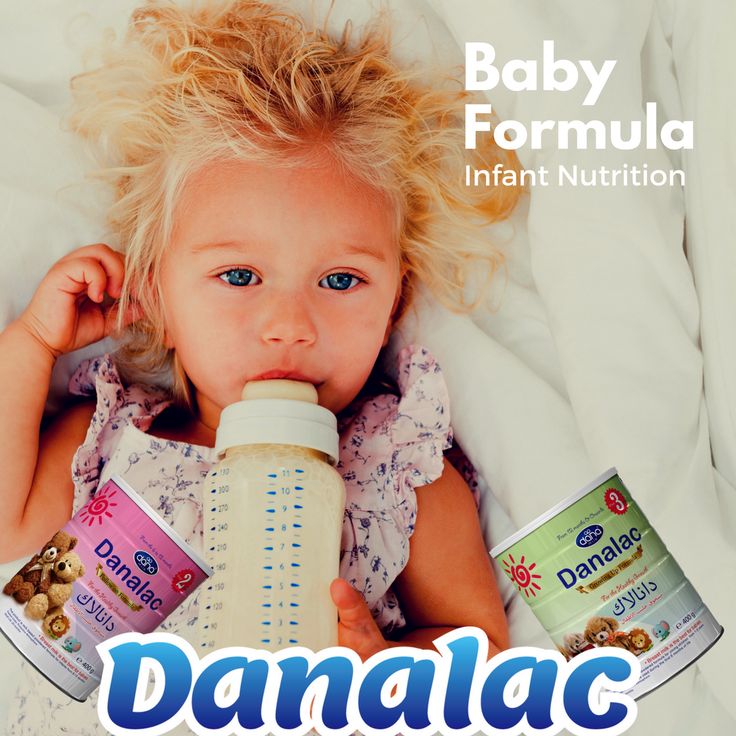 From about 8 months, you can start offering your baby food in pieces. nine0012
From about 8 months, you can start offering your baby food in pieces. nine0012 - Variety: try to give a variety of food at each feeding. For example: animal products (meat, eggs and dairy products), cereals (grains), root vegetables (and tubers), legumes, fruits, vegetables rich in vitamin A (carrots, pumpkin, spinach), and others (zucchini, cabbage).
- Animal products must be included in your child's diet. They should be administered as early as possible, given daily. It is necessary to grind them after sufficient heat treatment. Hard-boiled and finely chopped eggs, meat (lean beef and lamb), chicken, turkey and rabbit meat, and fish can be eaten by children even if they have no teeth. nine0012
- Foods can be mixed: purees and cereals should include a mixture of cereals, vegetables, beans, eggs, fruits, root vegetables and, if possible, rabbit meat, beef, fish, poultry. Milk can be added to cereals. Dense foods are richer in calories and vitamins - their nutritional value for a child is higher than, for example, soups.
 Children have a high need for energy and nutrients, as well as a small stomach, so the diet should include such dishes that, with a small volume, have a high nutritional value for the child. nine0012
Children have a high need for energy and nutrients, as well as a small stomach, so the diet should include such dishes that, with a small volume, have a high nutritional value for the child. nine0012 - Offer snacks (between meals) such as fruit once or twice a day.
- If your baby was exclusively breastfed, water should be started with the introduction of complementary foods. The need for water depends on the age of the child, the number of meals, the amount and type of food. Offer your child water more often, especially after meals! Let's drink it from a cup. In the first year, boiled and chilled water is recommended.
- When preparing baby food with oil or butter, use no more than half a teaspoon per day. nine0012
- Add one new meal to your child's diet every week.
- Focus on the child: be patient and actively encourage him. Don't force your baby to eat. Use a separate plate so that you can see if he ate everything that was offered.
- Observe your child and respond to his signals.
 Feed slowly and patiently, at his pace. Try different combinations of foods, flavors and textures to stimulate your child's appetite. Wait until he chews and swallows before offering another portion. nine0012
Feed slowly and patiently, at his pace. Try different combinations of foods, flavors and textures to stimulate your child's appetite. Wait until he chews and swallows before offering another portion. nine0012 - Stop feeding when the baby makes it clear that he has eaten.
- As the child grows older, he gradually develops the skills necessary for independent eating (taking pieces of food and putting them in his mouth, choosing food, using cutlery).
- Establish a routine for main meals and snacks. Limit feeding time to 15-20 minutes. During meals, the child should be exclusively in the high chair at the table.
nine0011 Hygiene: Hygiene (cleanliness) is essential to prevent diarrhea and other illnesses in the child. Use clean utensils and utensils when preparing food and feeding. Store food in a safe and clean place in accordance with the terms and rules indicated on them. Remember to follow the basic rules of personal hygiene - wash your hands with soap and water before preparing food and feeding the child, after using the toilet, after performing hygiene procedures and washing the child. - Observe your child and respond to his signals.
- Med.
- Cow (also goat) milk. It is not recommended to give it to children in the first year of life, since its composition does not meet the needs of infants and it can contribute to the development of anemia and allergies. To prepare cereals, you can use a small amount (diluted 1: 1 with boiled water) of cow's milk.
- Citrus fruits (lemon, orange, mandarin).
- Tropical fruits and vegetables. nine0012
- Sweets and pastries.
- Fried snacks (chips, croutons, snacks), fast foods (fast food).
- Tea, drinks carbonated and/or with a high content of sugar, dyes.
- Industrially processed meat products (sausages, sausages).
- Do not add salt, spices or food additives to baby food. If you use salt when preparing food for your child, add iodized salt.
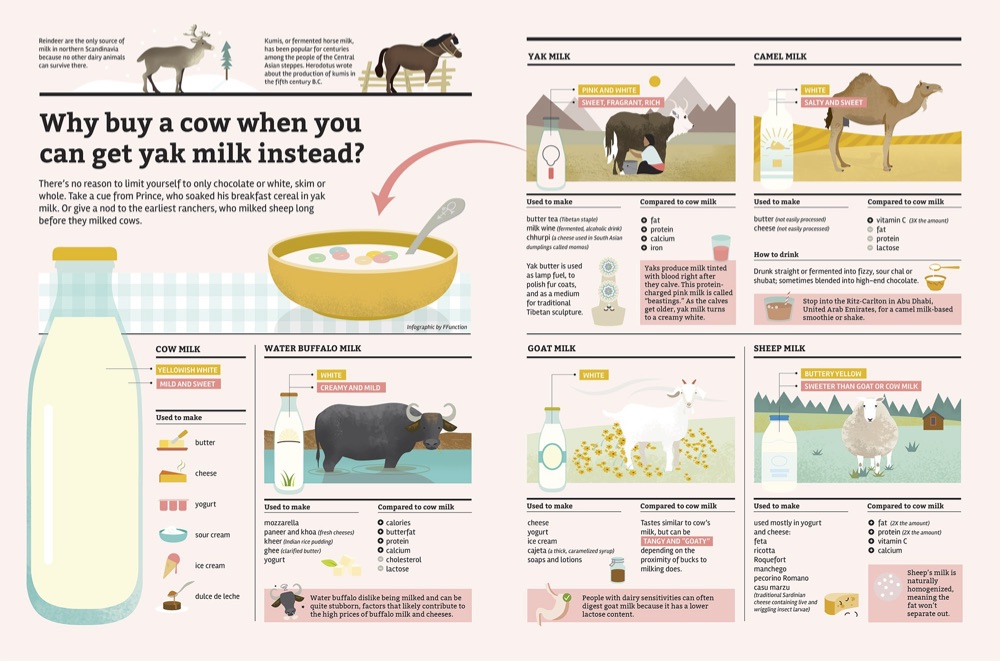
Age 6 to 8 months
Age 9 to 11 months
Non-breastfed babies need the same amount of food and snacks as breastfed babies, plus two meals. Do not forget about water, boiled warm or mineral without gas. nine0003
Age 12 to 23 months
Responsive Feeding
Watch your baby and respond to his/her signals. Wait for the child to stop eating before offering again. Stop feeding when he/she shows that he/she is full.
Never give your baby pureed food from a bottle and pacifier!!! This way of feeding greatly increases the risk of excessive caloric intake and obesity, and also increases the risk of cavities as the baby's teeth grow. From 9From the 12th to the 12th month, most children can already eat and drink on their own from a cup held with both hands. Try to stop using the bottle and pacifier no later than the baby's first birthday.
Australian Article
On
Cover Image
Image
Keywords
artificial nutrition
Healthy diet
child health
Category
Nutrition and breastfeeding
Child Age
5-6 months
7-9 months
10-12 months
13-18 months
19-24 months
Child Gender
Both
Parent Gender
Both
9000 Geneeric ContentOff
Licensed Content
Off
Premature Content
Off
Mandatory Content
Off
Optimal nutrition for children from 7 to 9 months
Submitted by Umeda_Ergasheva on Tue, 10/12/2021 - 18:25
Number of meals and amount of food
At this age, breast milk is still the most important food for a baby and provides half of his energy needs. Continue to breastfeed your baby on demand day and night. Solid foods cannot replace breast milk in the first year of life. There is no need for additional feeding of the child with breast milk substitutes, subsequent infant formulas (adapted milk formulas for children older than 6 months), because, being breastfed and receiving varied and timely complementary foods, the baby will be provided with all the necessary nutrients. nine0003
Continue to breastfeed your baby on demand day and night. Solid foods cannot replace breast milk in the first year of life. There is no need for additional feeding of the child with breast milk substitutes, subsequent infant formulas (adapted milk formulas for children older than 6 months), because, being breastfed and receiving varied and timely complementary foods, the baby will be provided with all the necessary nutrients. nine0003
Breastfeed after each feeding of complementary foods.
Basic recommendations for feeding your baby:
 Wash your child's hands before eating. nine0012
Wash your child's hands before eating. nine0012 Products not recommended during the first year of life:
Always think about safety: do not give your child peanuts, popcorn, small fruits or whole grapes, pieces of solid food that can choke on.







